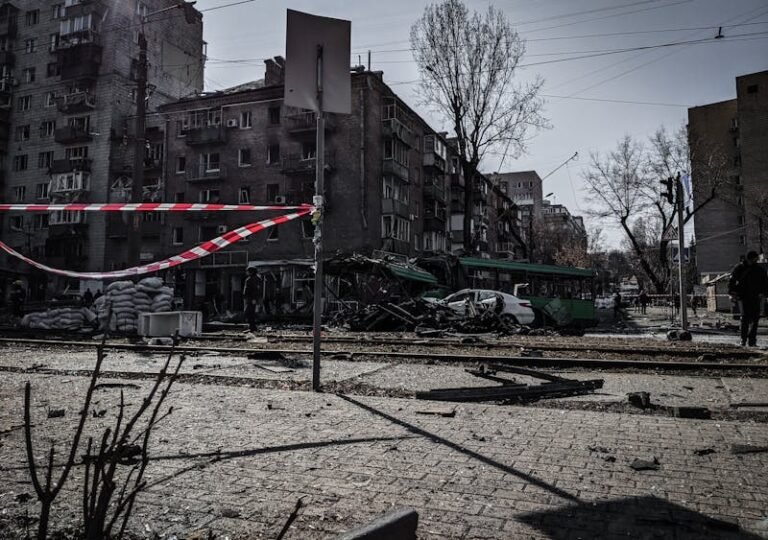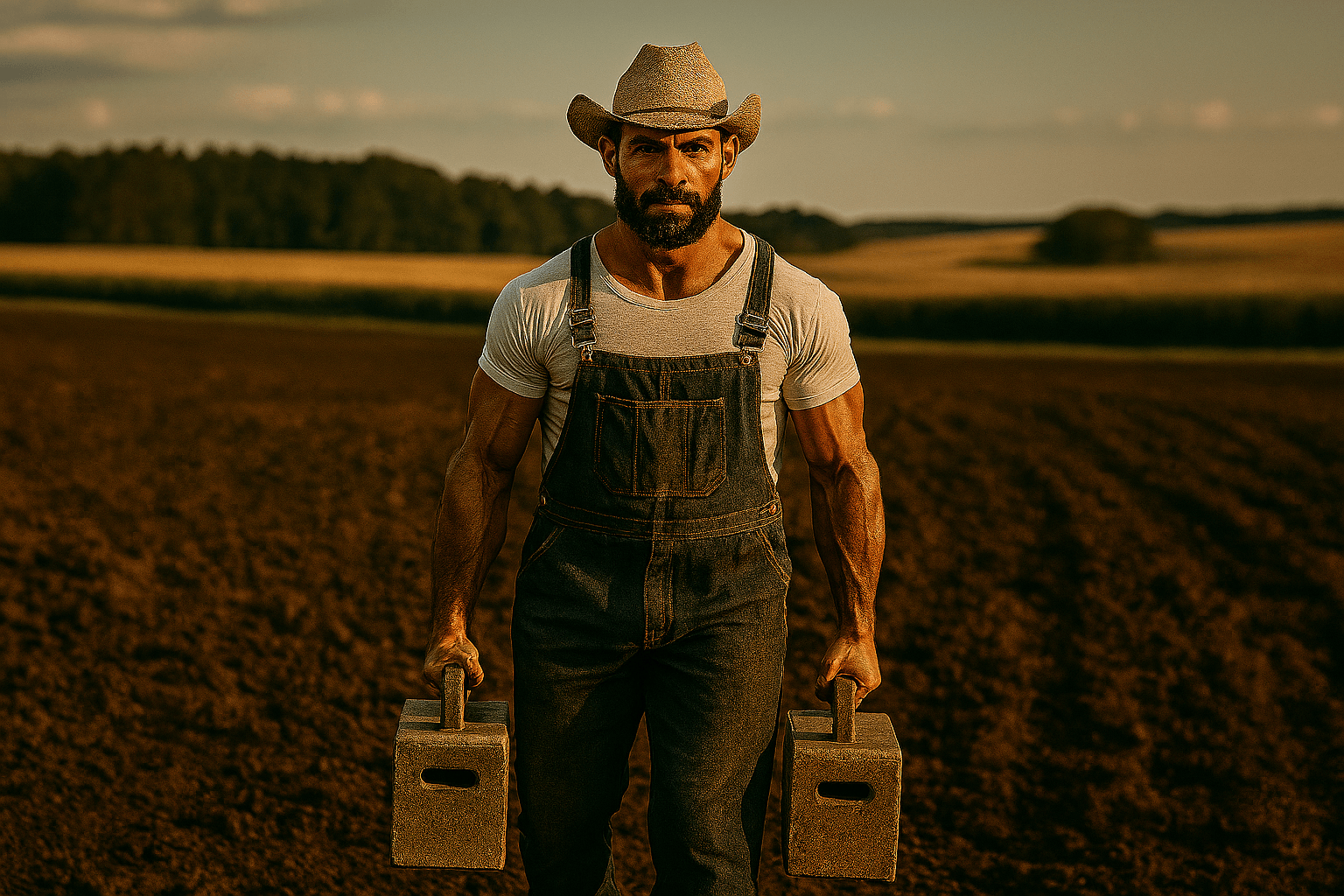Last Updated on May 16, 2025 by shawnshealth
Discover 6 surprising reasons you might not be as fit as you think, and how survival fitness can help you be truly ready for any challenge.
Survival Fitness: Why You’re Not as Fit as You Think
When most people think of survival fitness, they imagine someone with bulging muscles, able to carry heavy loads and sprint through the woods. But true survival fitness isn’t about how many push-ups you can do or how much weight you can lift (although it’s still a really good idea). It’s about preparing your body for the unexpected, whether you’re in a fight-or-flight situation, trying to survive in the wilderness, or simply dealing with the physical toll of a stressful day.
While the gym offers great ways to build muscle, there are six surprising reasons why many people aren’t as fit as they think they are when it comes to real-world survival situations.
Check out this video by Movement by David as he makes some very good points about survival fitness!
What Is Survival Fitness?
- Physical training for real-life emergencies
- Emphasizes endurance, strength, mobility, and adaptability
- Prepares you for tasks like running, climbing, and lifting under stress
Why Is Survival Fitness Important?
- Helps you escape danger or assist others in emergencies
- Builds resilience for unpredictable, high-stress situations
- Trains you to perform when tired, injured, or under pressure
How Do You Train for Survival Fitness?
- Focus on bodyweight exercises (push-ups, squats, pull-ups)
- Include running, hiking with weight, crawling, and climbing
- Train outdoors to adapt to varied environments
- Prioritize grip strength, core control, and stamina
Table of Contents
Medical Disclaimer: This content is for informational purposes only. Consult a healthcare professional before making any health or fitness changes.
Amazon Affiliate Disclaimer: As an Amazon Associate, I earn from qualifying purchases.
1. Real-Life Fitness vs. Gym Fitness
You may be able to bench press a car, but that doesn’t mean you’re fit for the apocalypse. Gym workouts can tend to focus on isolated muscle groups, but survival fitness requires functional full-body movements. The real test of your fitness comes from activities like running, climbing, crawling, or carrying heavy loads over long distances—actions that your typical gym routine normally doesn’t fully prepare you for.
To be clear, I’m not in the least knocking gym workouts, power lifting, bodybuilding, etc. Anything you do to get off the couch and to better yourself is way better than the average person today, and there are some VERY awesome benefits to hitting the gym. In the context of this article, however, we are focused more on traits that are conducive to survival, the apocalypse, the zombie apocalypse, wild cannibal clown invasion, vampires, or just that there has been an ice storm, and the electricity is out for two weeks.
Learn how minimalist training can enhance your survival fitness in our detailed guide.
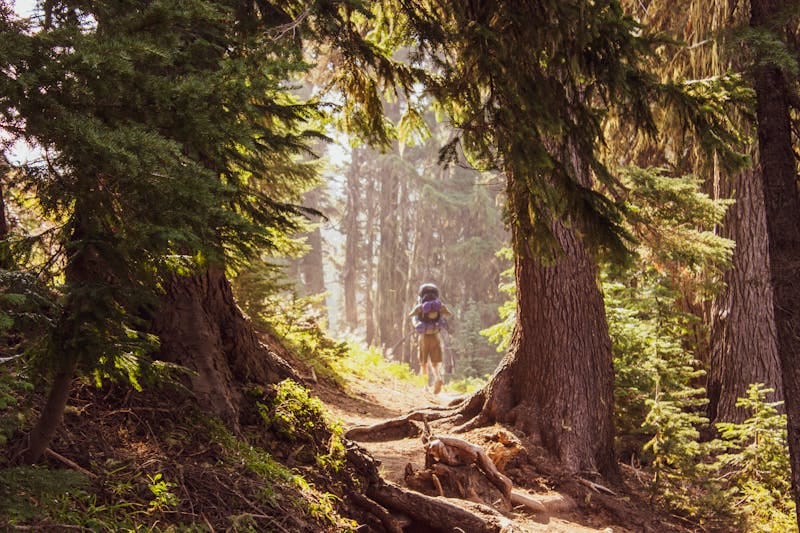
2. Cardio & Stamina Matter More Than You Think
Strength isn’t the only factor when it comes to survival. Many people think they’re fit because they can lift heavy weights, but cardio and stamina are just as critical. Imagine being in a life-or-death scenario where you need to run miles to escape danger, only to find yourself out of breath after just a few hundred yards. That’s where survival fitness comes in—building up endurance is key.
So that I’m not a hypocrite here, I just want you to know that I really hate cardio. No, really. I hate it with a passion. But you know that you need to do it, so get your butt out there and do it. Nothing worse than trying to rescue someone, defend your family; to move quickly and steadily for an extended period of time yet you’re just not up to it because you decided not to do cardio. Do it!
3. Stress & Adrenaline Impact Fitness
One thing that traditional fitness programs fail to address is how stress and adrenaline affect the body. In a true survival situation, stress levels soar, and your body reacts differently under extreme pressure. Fitness is not just about physical strength; it’s about how well you can perform under stress. Your muscles may not work as effectively when you’re overwhelmed by fear, adrenaline, or panic.
A good thing to occasionally incorporate into your workout routine is some pressure. Time yourself to get over that next hill in 5 minutes or you have to sing the Battle Hym of the Republic at Thanksgiving while wearing your jalapeno boxer briefs and sandals in front of Aunt Ethel (you know that won’t end well).
However, training itself is good to combat this adrenaline problem. I will describe an instance from my own life later in this article. Bottom line, my training just took over. At that time, I was sparring and other practice for 2 hours every single morning. So, train for survival fitness and skills. Follow your training!
Read this Medical Times article on how adrenaline affects physical performance.
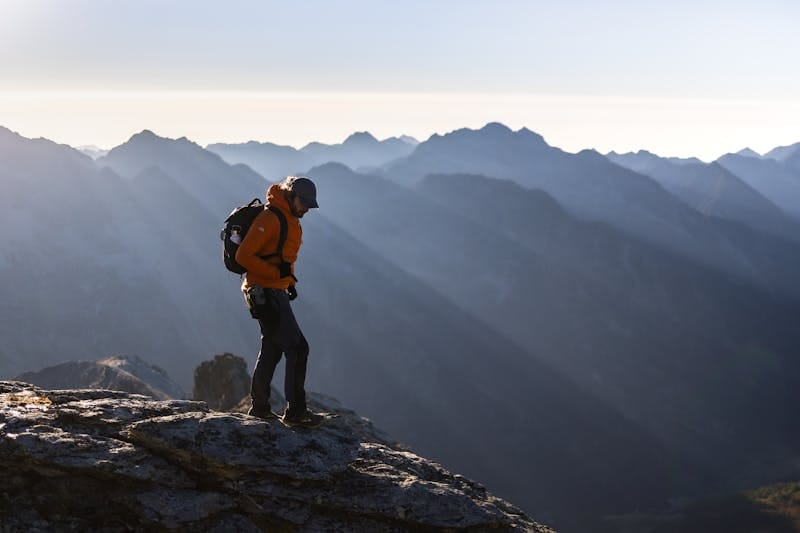
4. Lack of Variety in Workouts
One of the biggest fitness mistakes people make is sticking to a monotonous workout routine. True survival fitness requires a variety of exercises. A mix of strength training, cardio, flexibility, and mobility exercises prepares you for all kinds of challenges. For example, lifting weights is great, but if you’re not also working on agility and endurance, you may not be fully ready for a survival scenario.
A Caution. While mixing it up is important in your workout routine, don’t just randomly hop around from this thing to that. You still need a plan and as a general practice stick with one routine for at least 12 weeks or so before even thinking about changing routines again. Exception to that would be if you realize, after starting a new routine, that it’s simply not going to be good, in which case find a good one then stick with it for a while.
5. Nutrition & Recovery Are Just as Important
You can’t out-train a bad diet, and survival fitness is no exception. Training hard is important, but your body also needs the right nutrition and time to recover. Fueling your body with nutrient-dense foods and getting enough sleep are crucial elements that will help you perform better when it matters most.
Yes, I know. You can’t always eat well when you are trying to survive. Just do your best. Train yourself now to eat a reasonable number of calories so that you are used to not eating huge amounts of food and then, suddenly, you lose your mind because pizza and ice cream no longer exist in your world. Not saying you have to never treat yourself just saying that moderation is key.

6. Mental Fitness: The Unsung Hero
Last but certainly not least is mental fitness. Survival isn’t just about physical strength—your mind must be prepared for the stress and challenges you’ll face. Whether you’re dealing with fear, uncertainty, or physical exhaustion, the ability to stay focused, make quick decisions, and push forward is what sets truly fit individuals apart. Building mental toughness should be part of your survival fitness routine.
Here’s a hint for you when choosing your team (if you have that luxury). While skills, physical fitness, knowledge, etc. are all important things, look for this one thing above all else.
Attitude!
Attitude will get you farther in the rough times than you can possibly imagine. Your attitude needs to be up to scale with your team. You need to pull each other up (we all get down sometimes…like that time I was attacked by a rabid chupacabra in the tropical jungles of Iowa…I may have just made that up) but you watch your mental self, do what you need to do to stay sane, and lift others up. Look for that in your team members!
Survival Fitness Journey: My Personal Story
As I mentioned previously, early in my career, I worked at a community center treating people with mental illness. One client, far stronger than he looked, once performed an overhead triceps extension with my 225 lb friend hanging from his arms—an almost inhuman feat especially since the “weight” was an alive and wriggling human!
One day, after group, I was rushing to the bathroom when this same guy ambushed me in a narrow hallway, throwing a vicious punch and kick. Instinctively, I blocked both without breaking stride and made it to the restroom. Only afterward did it occur to me what had happened because I really had one thing in mind, getting to that bathroom! For a few days after, he avoided me, rubbing his arm and leg, and appeared unsettled that little-ole-me had done some very quick and decisive “damage” (I assume some bruising and pain) to him, putting an immediate stop to his intended behavior.
At the time, I was training in Goju-Ryu daily, making striking, blocking, and limb conditioning, second nature. It had become a part of me. When the moment came, I reacted automatically.
My story isn’t specifically about endurance or strength (although both are very important)—it’s about training for real-world scenarios. You need to move under load, climb, push, strike, and pull until these actions become reflexes. When SHTF, your body should already know what to do. Your mind should know what to do, even if you’re on a crusade to get to the bathroom before you have a really embarrassing incident on your hands!
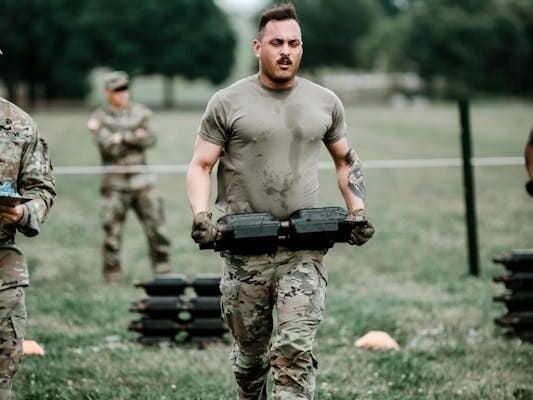
Conclusion: Are You Really Prepared?
When it comes to survival fitness, it’s easy to think you’re ready simply because you hit the gym or can bench press your bodyweight. But true readiness goes far beyond that. It’s about how your body performs when stress and adversity are high. By training with functional movements, building stamina, and staying mentally prepared, you’ll be in a better position to thrive when things get tough.
Ready to step up your survival fitness game? Check out our comprehensive guide on building functional strength for real-world challenges.
Best Gear for Every Goal!🔥
The right fitness equipment can make all the difference in your training. Check out the best fitness equipment for home workouts, weight loss, strength training, calisthenics, cardio, flexibility, and all things fitness here at Amazon.
As an Amazon Associate, I earn from qualifying purchases. This means I may receive a commission if you purchase through links on this site, at no extra cost to you.
Survival Fitness FAQ
1. What is survival fitness?
Survival fitness is the ability to perform essential physical tasks—like running, climbing, and lifting—in real-world survival situations. It focuses on strength, endurance, and adaptability.
2. How is survival fitness different from regular fitness?
Unlike gym-based fitness, survival fitness emphasizes practical movement skills, mental resilience, and the ability to handle unpredictable environments.
3. What are common signs of poor survival fitness?
If you struggle with bodyweight exercises, tire quickly, or lack flexibility and mobility, your survival fitness may need improvement.
4. How can I improve my survival fitness?
Train with functional exercises like sprints, pull-ups, carrying heavy objects, and bodyweight endurance drills. Outdoor training and obstacle courses are great additions.
5. Do I need special equipment for survival fitness?
No! Many exercises rely on bodyweight movements, natural obstacles, and real-world challenges—making survival fitness accessible to everyone.
But the fruit of the Spirit is love, joy, peace, longsuffering, kindness, goodness, faithfulness, gentleness, self-control. Against such there is no law. – Galatians 5:22-23

